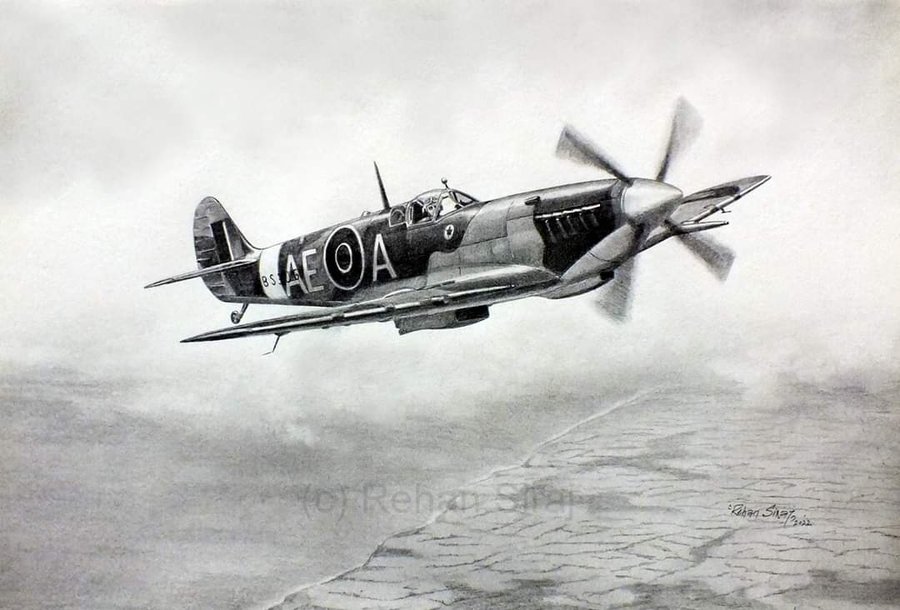- Copy to clipboard
- Moderator
- #1
- Jan 25, 2024
- 111,139
- 589
- Origin

- Residence

Registration: N1126
Construction Number: 12695
Model Bristol Brigand B1
Operator: Pakistan Air Force
Airport: RAF Habbaniya, Iraq
Photographer: Terry Fox
Date Taken: 1948
Date Submitted: 12/12/2006
Ex RH281 together with N1125 Ex RH820 were delivered in 1948 to Pakistan for evaluation by their Air Force.
N1125 crashed but N1126 returned to the RAF in 1950 as WA560
(Source C.H.Barnes, Brisol Aircraft since 1910, Putnam)


Construction Number: 12695
Model Bristol Brigand B1
Operator: Pakistan Air Force
Airport: RAF Habbaniya, Iraq
Photographer: Terry Fox
Date Taken: 1948
Date Submitted: 12/12/2006
Ex RH281 together with N1125 Ex RH820 were delivered in 1948 to Pakistan for evaluation by their Air Force.
N1125 crashed but N1126 returned to the RAF in 1950 as WA560
(Source C.H.Barnes, Brisol Aircraft since 1910, Putnam)
Last edited:



























